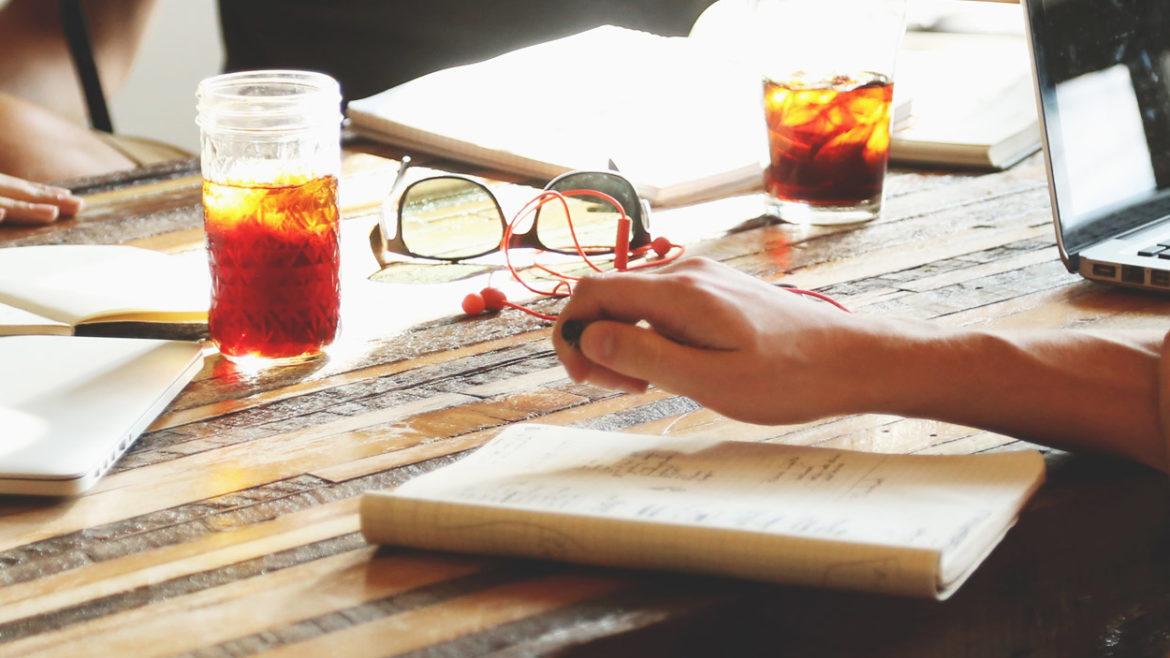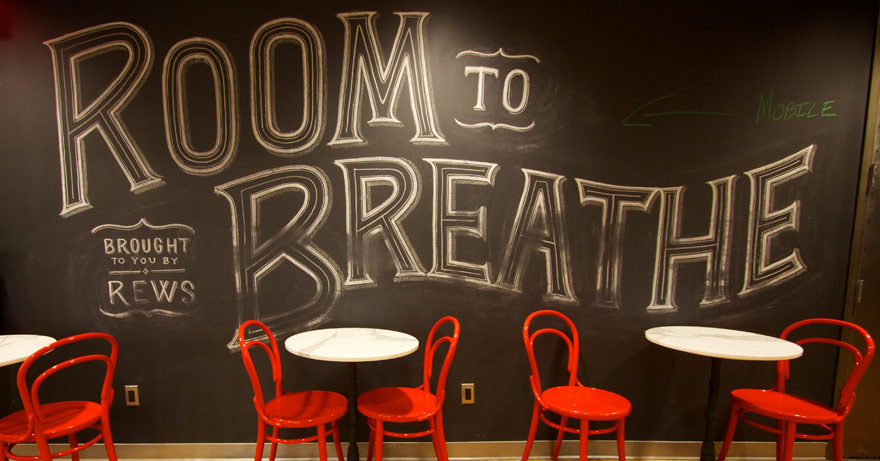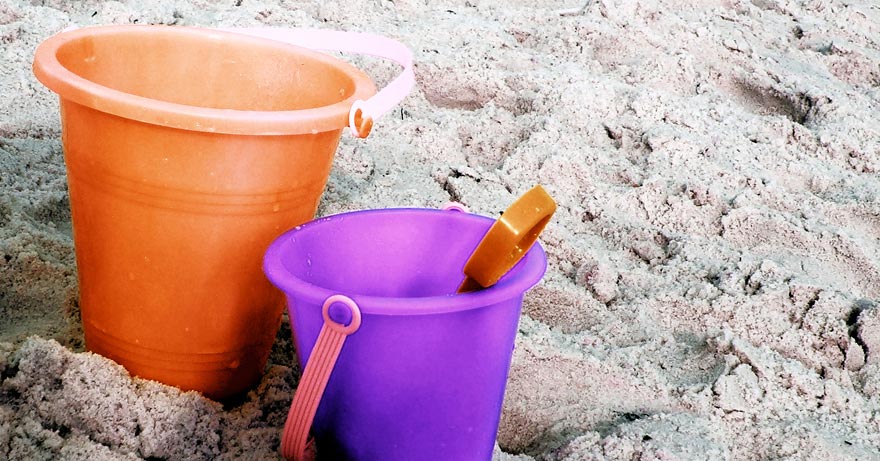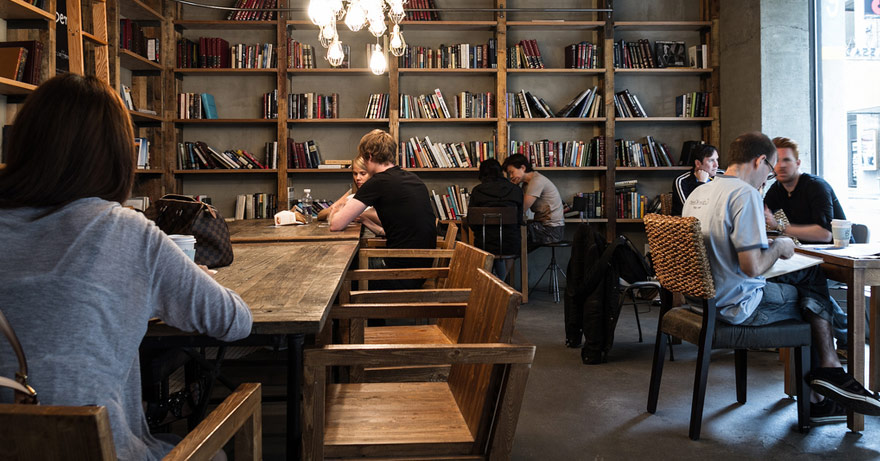The ever changing landscape of business today is full of opportunity, risk, and the constant need to stand out in the crowd. Whether it’s a small business or a large corporation, the goal is the same: stay innovative and unique. This doesn’t only apply to products and services but also to problem solving techniques, new ways to increase productivity, and creating experiences that are fresh for both clients and employees. A company that is desirable to work for will result in a company that is desirable to work with. So how are companies staying innovative? By promoting creativity.
Creativity can be hard to sustain on a daily basis, but a good place to start is the environment where employees will be working every day. Looking at the offices of successful and creative companies, there are things they do that break the mold of a standard office building. The first thing you will notice is how open they are. While you may see desks with individual work spaces adorned by personal pictures and objects, the rows and rows of grey cubicles are nowhere to be found. Having open work areas promote communication, interaction and community which all lead to a more productive and social workforce. Fluorescent lit rooms used for one specific purpose are also not very conducive to a creative environment. Instead, there is a move towards open offices with a lot of natural light, color, and space.
An office is a reflection of the company and people who work in it. It is a reflection of the brand, culture, and work produced by the company. Having examples of work, indicators of a companies values, and items that reflect the brand are great ways to make the office more than just a place to clock in at the beginning of the day. Innovative companies are moving towards office-zones: spaces with different intentions. An area of movable and comfortable furniture promotes co-workers to work together, solve problems, and discuss ideas freely. Areas to write and doodle are also common in these areas. Whiteboards where people can ask questions, draw ideas and provide insight are all great ways to promote productivity and creativity. Other “zones” designated for employees to work in a quiet area without interruption are also great for individuals to get away from the more social parts of the office. While collaboration and conversation are great for inspiration, a place to focus on an idea is also necessary for it to come to fruition. The idea is to create an environment that creates a community of people who enjoy where they are, the people they are with, and what they do.
Aside from forming inspiring and inviting offices, companies are also providing employees with opportunities to grow and explore new ideas. These opportunities go beyond an occasional work trip, and occur much more frequently. Another reason they work is employees get paid while taking part in these activities. Here are three companies who have different approaches when it comes to allocating time to experiment.
3M
3M has been creating products we use on a daily basis since 1902, and now produces more than 55,000 products. Innovation has been key to their success and is the reason they have been able to continue to grow for over a hundred years. One of their ideas has been adopted by many tech companies today, including Google. 3M allows for employees to spend %15 of their time to create, experiment, and pursue their own ideas. This paid free-time has led to products that they still make today, including the Post-It Note. They feel it is well worth it to give employees this paid opportunity to pursue ideas, as it has led to thousands of patents and ideas from which the company has greatly benefited. The key to this free-time is to be supportive and open to new ideas.
Foursquare
Foursquare and their “Friday Afternoon Art Hour.” As it suggests, every friday at 5 p.m. a group of Foursquare employees gather for an hour. Each week someone purposes a new exercise, problem to solve, or a goal for the individuals to work on. They each spend a few minutes brainstorming, after which they draw their final solution. While the activities aren’t necessarily related to ways to improve Foursquare, they are a way to stretch the imagination and problem solve in a stress free environment. Besides, everyone is a little fried by the end of the week, and this gives them a chance to shake off responsibility and think outside of the box.
Google
It’d be near impossible to talk about innovative companies without bringing up Google at least once, for a variety of reasons. A company that started as a search engine has become one of the most innovative corporations in the world with recent releases such as Google Glass, Google Fiber and autonomous cars. One way they promote thinking outside of the box is a space that is accessible to all departments of the company, from legal to design. It’s called The Garage, and its sole purpose is to promote creativity. The name is an ode to Google’s roots, and the culture of silicon valley where start-ups are born in the garages of the next-big-thing’s home. The Garage’s main purpose is collaborative creativity and boasts everything from laser cutters to 3D printers so employees are able to create anything they think up. By making sure the space is flexible, accessible, and open to everyone, Google gives everyone a chance to contribute. In a sense it is an adult’s playground where teamwork leads to productivity.
While creativity and innovation can’t be taught, they can be given the chance to flourish. By creating an office with an environment that promotes free thinking, productivity and community, companies can be sure they have employees who want the company to grow. Secondly, companies who provide employees with the opportunity to grow as individuals will lead to creative thought, new ideas, and progress. The final part to ensuring innovation is by being open to new ideas and different ways of thinking as a whole. The ability to step back and approach ideas from a different angle will give a company the upper-hand on it’s competitors. Companies full of passion and creativity will be the companies with the brightest future.
Photo Credit: Marcin Wichary






